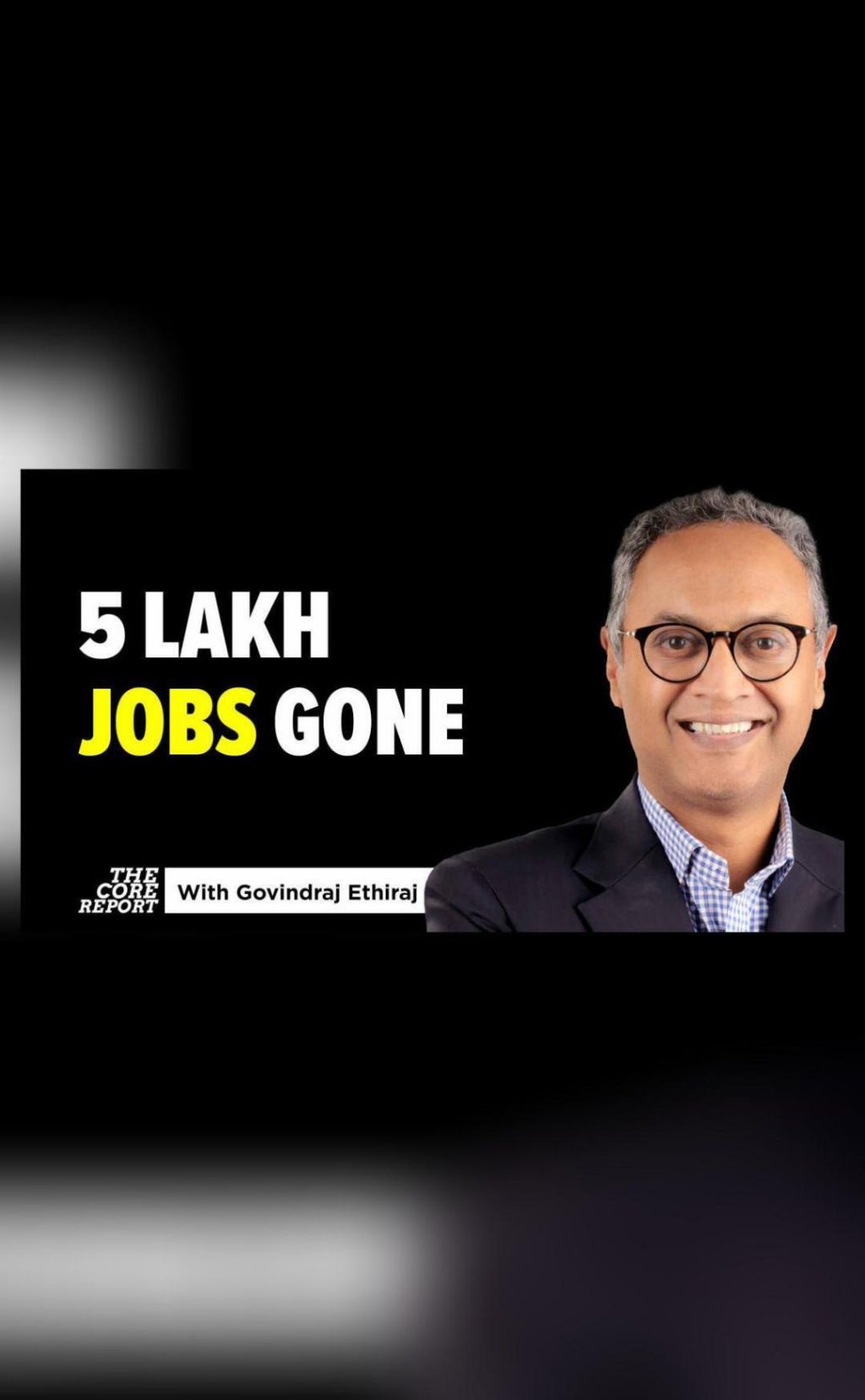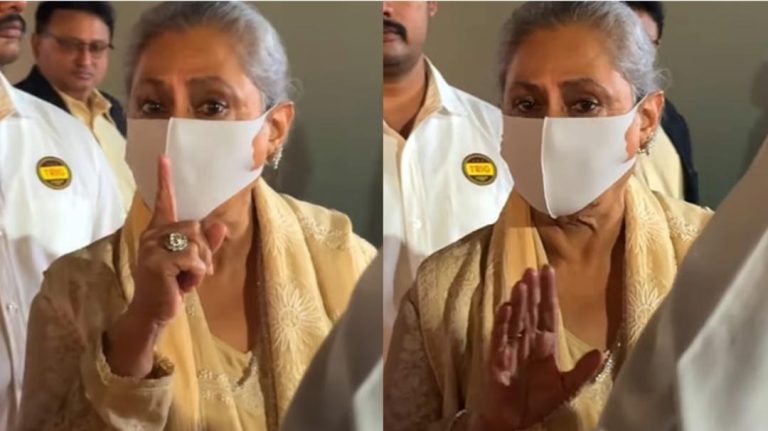
Cable TV Loses 5 Lakh Jobs as Digital Platforms Take Over
The Indian pay TV sector has been reeling under the impact of digital disruption, with a staggering loss of over 5 lakh jobs in the past seven years. The decline in jobs is a direct result of the sharp drop in subscribers, driven by the rise of over-the-top (OTT) platforms, smart TVs, and free satellite services. The sector’s revenue has taken a hit, with a 16% decline since 2019. This development signals a broader digital disruption that is forcing the industry to rethink its strategy and adapt to the changing media landscape.
The Indian pay TV market was once dominated by cable TV operators, who offered a range of channels to subscribers. However, the rise of digital platforms has changed the game. OTT platforms such as Netflix, Amazon Prime, and Hotstar have become increasingly popular, offering a wide range of content, including original shows and movies, at an affordable price. Smart TVs have also become more common, allowing viewers to access digital content directly without the need for a separate set-top box. Free satellite services have also eaten into the traditional cable TV market, offering a similar range of channels at no additional cost.
The impact on the industry has been significant. The number of cable TV subscribers has declined sharply, forcing cable operators to lay off staff to reduce costs. The industry has lost over 5 lakh jobs in the past seven years, with many more expected to go as the sector continues to decline. The loss of jobs has had a ripple effect on the economy, with many families dependent on the income of those who have lost their jobs.
The decline of the cable TV industry is not limited to India. The global pay TV market is also facing significant challenges, with many countries experiencing a decline in subscribers. The rise of digital platforms has disrupted traditional business models, forcing operators to rethink their strategy and adapt to the changing landscape.
The Indian government has taken steps to address the impact of the decline on the industry. The Ministry of Information and Broadcasting has launched initiatives to support the growth of the sector, including a scheme to promote the development of digital content. The government has also introduced measures to encourage cable operators to invest in digital infrastructure, such as high-definition (HD) and digital video broadcasting (DVB) systems.
Despite these efforts, the industry still faces significant challenges. Cable operators are struggling to adapt to the changing landscape, with many finding it difficult to compete with the low prices and wide range of content offered by digital platforms. The industry also needs to invest in digital infrastructure, including high-speed internet and data analytics, to provide a better viewing experience for subscribers.
The decline of the cable TV industry also highlights the urgent need for workforce upskilling. Many cable operators are struggling to adapt to the changing landscape, with many employees lacking the skills to work in a digital environment. The industry needs to invest in training and development programs to equip employees with the skills they need to succeed in a digital world.
The decline of the cable TV industry also signals a broader digital disruption that is affecting many industries. The rise of digital platforms has disrupted traditional business models, forcing companies to rethink their strategy and adapt to the changing landscape. The industry’s fall highlights the urgent need for companies to invest in digital infrastructure, upskill their workforce, and adapt to the changing media landscape.
In conclusion, the Indian pay TV sector has lost over 5 lakh jobs in the past seven years as subscribers drop sharply, driven by the rise of OTT platforms, smart TVs, and free satellite services. The decline in jobs is a direct result of the decline in revenue, with a 16% decline since 2019. The industry needs to adapt to the changing landscape, invest in digital infrastructure, and upskill its workforce to survive in a post-linear media world.
Source:






